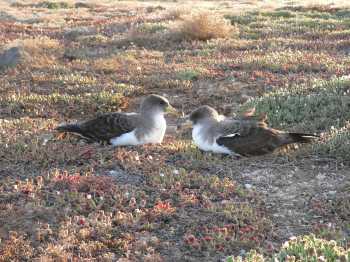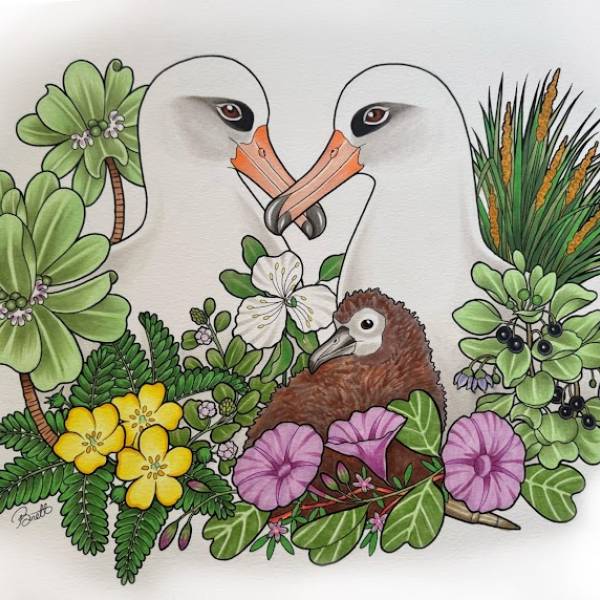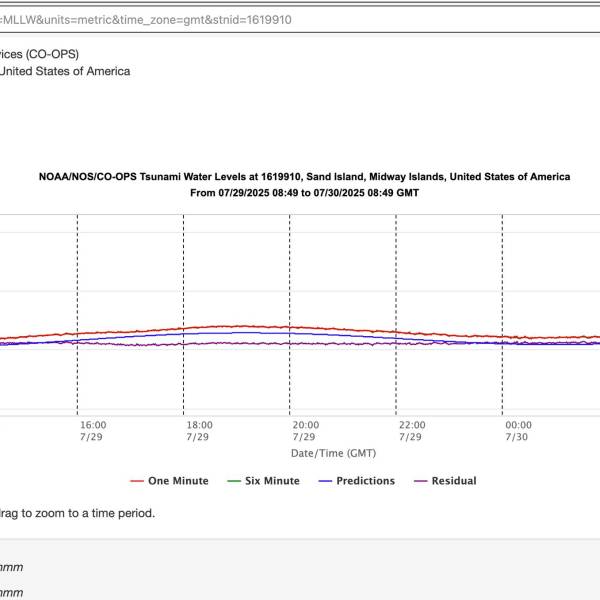Sandra Hervías (Animal Health Department, University of Murcia, Spain) and colleagues write in the journal Zoology on Black Rats Rattus rattus preying upon Cory’s Shearwaters Calonectris borealis in the presence of feral cats Felis catus.
The paper’s abstract follows:
“This study assessed the impact of introduced black rats on Cory's shearwater (Calonectris diomedea borealis) in a multi-invaded insular ecosystem where rats are mesopredators. We hypothesized that black rats should have little impact on Cory's shearwaters in the presence of cats as superpredators. Stomach contents and stable isotope analysis (SIA) in tissues of black rats were analyzed to assess the trophic ecology and the importance of Cory's shearwater in their diet. We also studied the isotopic signature of mouse tissues to confirm previous data showing no predation of this species on Cory's shearwaters. For both rodent species, temporal variation in diet composition in response to the availability of seabird prey was evaluated, and short- and long-term consistency in diet was tested using different tissues from the same individual. For black rats a Bayesian isotope mixing model (SIAR) was applied to determine the relative contribution of each prey to the individual diet. SIA of mouse tissues varied between the Cory's shearwater breeding and non-breeding periods. However, no significant differences were found in diet and SIA for black rats. In contrast, individuals of both species showed a strong consistency in diet which apparently benefited their body condition index. Although black rats supplement their diet with Cory's shearwater eggs and chicks (8.3% in stomach contents and 10.6% in the SIAR model), their current impact on the Cory's shearwater population appears to be small, probably due to several factors including the small size of the rat population and a high level of rat predation by cats.”

Cory's Shearwaters, photograph by Paulo Catry
Reference:
Hervías, S, Ceia, F.R., Pipa, T., Nogales, M., Ruiz de Ybáñez, R. & Ramos, J.A. 2014. How important are seabirds in the diet of black rats on islands with a superpredator? Zoology doi.org/10.1016/j.zool.2013.12.003.
John Cooper, ACAP Information Officer, 07 April 2014

 English
English  Français
Français  Español
Español 


